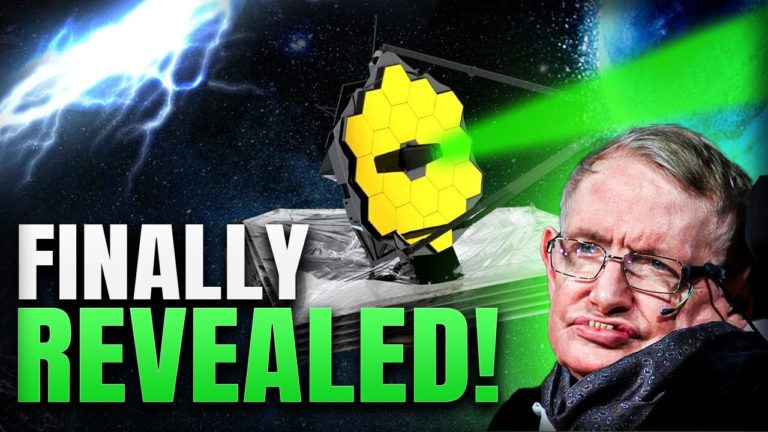James Webb Telescope Will LIKELY PROOF Stephen Hawkings Black Hole Theory!
The billion dollar’s largest telescope has been launched and started to unfold itself in the space. After it started its journey in the space, scientists discovered that this project might provide the exploration of one of Stephen Hawkings’ most controversial theories about black holes.
What is this theory and how it is going to be unraveled through the James Webb Space Telescope are concerning the scientists. Welcome to Cosmos lab, your one station for all the news from space. Join us in today’s video to find out about the theory and how the largest space telescope is going to solve the mystery.
We have talked about the James Webb Space Telescope many times in our previous posts.
Now according to NASA, the James Webb Space Telescope‘s sun shield, which is the size of a tennis court, has been fully deployed, marking a major milestone in the space telescope’s quest to investigate every phase of cosmic history.
Webb’s equipment is kept in the shade by the 70-foot (21-meter) long kite-shaped contraption, which works as a parasol, guaranteeing that they can detect tiny infrared signals from the furthest reaches of the Universe. Over the course of two days, each layer was unveiled one by one. They provide an SPF (sun protection factor) of roughly one million when they work together.
The deployment of the five-membrane sun shield is a triumph for the engineering teams at the US space agency (Nasa) and the American aerospace manufacturer Northrop Grumman.
As the Engineering teams are currently unpacking the observatory from its folded launch configuration to the operational arrangement. A new study shows that we may soon be able to test one of Stephen Hawking‘s most contentious theories. A theory that was first proposed in the 1970s — that the invisible substance dark matter could be made of black holes which had formed in the first fraction of a second after the big bang.
Hawking postulated in the 1970s that dark matter, the invisible component that makes up most of the mass in the universe, could be made up of black holes generated in the Big Bang’s early stages. Three astronomers have now produced a theory that not only explains the presence of dark matter, but also the appearance of the universe’s greatest black holes.
Despite the fact that the human race has never been able to comprehend the existence of black matter, black holes have been examined and observed, with the world witnessing the first photograph of a black hole in 2019. The new study, led by Yale University, the University of Miami, and the European Space Agency, is based on the theory proposed by Stephen Hawking and Bernard Carr, which addresses the genesis of black holes after the big bang.
In a statement, study co-author Priyamvada Natarajan, an astrophysicist at Yale University, said, “What I find personally super exciting about this idea is how it elegantly unifies the two really challenging problems that I work on — that of probing the nature of dark matter and the formation and growth of black holes — and resolves them in one fell swoop.”
Do not forget to share your opinion with us to provide you with the best posts !




0 Comments